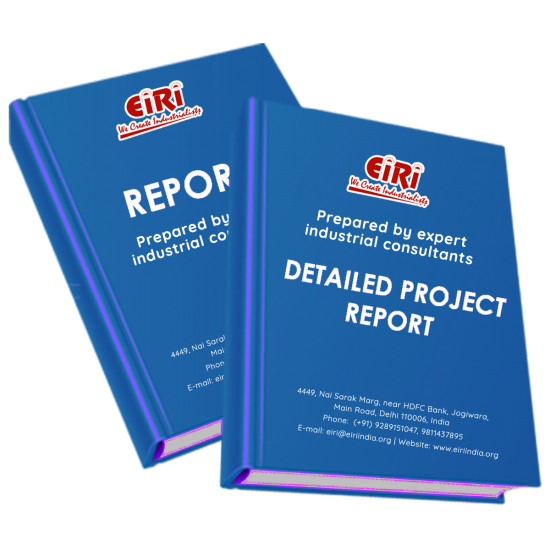VEHICLE SCRAP YARD (PV–100%)
The project report includes Present Market Position and Expected Future Demand, Market Size, Statistics, Trends, SWOT Analysis and Forecasts. Report provides a comprehensive analysis from industry covering detailed reporting and evaluates the position of the industry by providing insights to the SWOT analysis of the industry.
We can prepare PROJECT REPORT as per your INVESTMENT PLAN for BANK LOAN REQUIREMENT and INDUSTRY ANALYSIS. All reports are prepared by highly qualified consultants and verified by a panel of experts.
Have Query? Click Here to Chat
Industry Expert is Online, Chat with him for more detail.

Vehicle recycling is the dismantling of vehicles for spare parts. At the end of their useful life, vehicles have value as a source of spare parts and this has created a vehicle dismantling industry. The industry has various names for its business outlets including wrecking yard, auto dismantling yard, car spare parts supplier, and recently, auto or vehicle recycling. Vehicle recycling has always occurred to some degree but in recent years manufacturers have become involved in the process. A car crusher is often used to reduce the size of the scrapped vehicle for transportation to a steel mill.
The process of recycling a vehicle is extremely complicated as there are many parts to be recycled and many hazardous materials to remove. Briefly, the process begins with incoming vehicles being inventoried for parts. The wheels and tires, battery and catalytic converter are removed. Fluids, such as engine coolant, oil, transmission fluid, air conditioning refrigerant, and gasoline, are drained and removed. Certain high value parts such as electronic modules, alternators, starter motors, infotainment systems – even complete engines or transmissions – may be removed if they are still serviceable and can be profitably sold on; either in “as-is” used condition or to a remanufacturer for restoration. This process of removing higher value parts from the lower value vehicle body shell has traditionally been done by hand. As the process is labour intensive, it is often uneconomical to remove many of the parts.
A technique that is on the rise is the mechanical removal of these higher value parts via machine based vehicle recycling systems (VRS). An excavator or materials handler equipped with a special attachment allows these materials to be removed quickly and efficiently. Increasing the amount of material that is recycled and increasing the value the vehicle dismantler receives from an end-of-life vehicle (ELV).
After all of the parts and products inside are removed, the remaining shell of the vehicle is sometimes subject to further processing, which includes removal of the air conditioner evaporator and heater core, and wiring harnesses. The remaining shell is then crushed flat, or cubed, to facilitate economical transportation in bulk to an industrial shredder or hammer mill, where the vehicles are further reduced to fist-sized chunks of metal. Glass, plastic and rubber are removed from the mix, and the metal is sold by multiple tons to steel mills for recycling.
Recycling steel saves energy and natural resources. The steel industry saves enough energy to power about 18 million households for a year, on a yearly basis. Recycling metal also uses about 74 percent less energy than making metal. Thus, recyclers of end-of-life vehicles save an estimated 85 million barrels of oil annually that would have been used in the manufacturing of other parts. Likewise, car recycling keeps 11 million tons of steel and 800,000 non-ferrous metals out of landfills and back in consumer use.
It is intended to prepare a Feasibility Report to install a Vehicle Scrap Yard Facility for Processing 7500 Scrap Vehicles (PV) per year as a Green Field Project.



